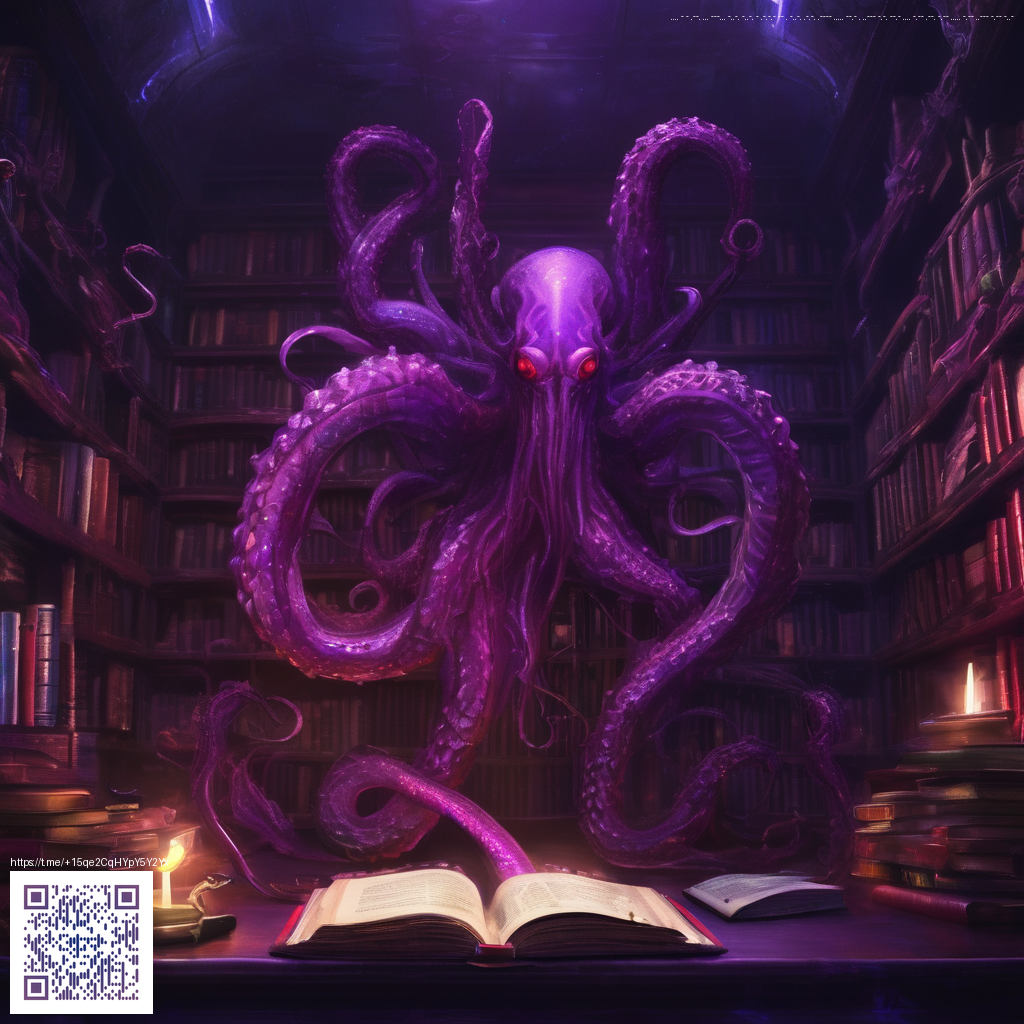
Seeing Light Through Transparent Paper
Transparent paper offers a playground for depth and light. By stacking thin sheets, you create an illusion of three dimensions that changes with your viewing angle and the room’s brightness. In this guide, we’ll explore practical approaches to craft with depth, using materials that balance clarity and texture.
Materials and Setup
Choose papers that are genuinely translucent: vellum for a creamy glow, tracing paper for crisp lines, or glassine for a slick, high-contrast surface. Weight matters; lighter papers drift with air, while slightly heavier sheets hold shapes better. Keep your workspace tidy with a clean cutting mat, a sharp craft knife, a bone folder for crisp folds, and a spray bottle to mist edges for gentle curling.
- Translucent papers: vellum, tracing paper, glassine
- Adhesives that dry clear: PVA glue or double-sided tape
- Edge treatments: scoring tools, fine sandpaper for delicate edges
- Optional textures: light embossing, micro-wrinkles, or soft dye washes
- Backlighting: a small LED light panel or a daylight lamp to reveal depth
Techniques to Build Depth
Depth arises from more than color—it comes from layering, offsetting, and allowing light to travel through boundaries. Start by cutting multiple shapes from your translucent sheets. Stack them with tiny offsets so each layer peeks from behind the one before it, creating rafters of light rather than a flat plane.
Between layers, consider subtle color accents—dilute inks or dyes in washes that stay translucent. A soft edge on some pieces can help the eye wander from one layer to the next, simulating depth. Remember to leave small gaps at the edges so light can weave in and out, heightening the three-dimensional feel.
Light doesn’t just illuminate; it reveals. When you tilt a layered sheet, the surface catches a different bloom of glow, enhancing the impression of depth.
For a more tactile result, experiment with edge textures—burnishing the margins or lightly scoring a grid to catch highlights as light passes along the edges. And don’t fear letting a few edges remain rough; the contrast between a pristine surface and a rough edge often amplifies depth visually.
Display and Photography
The way you present your transparent paper piece matters as much as how you craft it. A clean backdrop and a light source behind the work can transform a flat arrangement into a living sculpture of light. If you’re documenting the piece, photograph against a gradient background and shoot from multiple angles to capture how depth shifts with perspective.
To bring a contemporary touch to your display, you might pair your craft with a sleek, translucent accessory. The Neon Card Holder Phone Case MagSafe Polycarbonate adds a modern counterpoint that mirrors the way light travels through layered paper.
As you explore, you may also find inspiration from related experiments shared elsewhere, such as ideas found here: horror-articles.zero-static.xyz/index.html. The cross-pollination of techniques can spark new ways to manipulate translucence.
Step-by-Step: Quick Build
- Select 2–5 translucent sheets in varying transparency.
- Cut identical shapes in each sheet for a cohesive silhouette.
- Layer pieces with tiny offsets; secure with clear adhesive at a few discrete points.
- Backlight the stack and adjust spacing to maximize glow and edge definition.
- Document with photography, noting how light shifts as you rotate the piece.